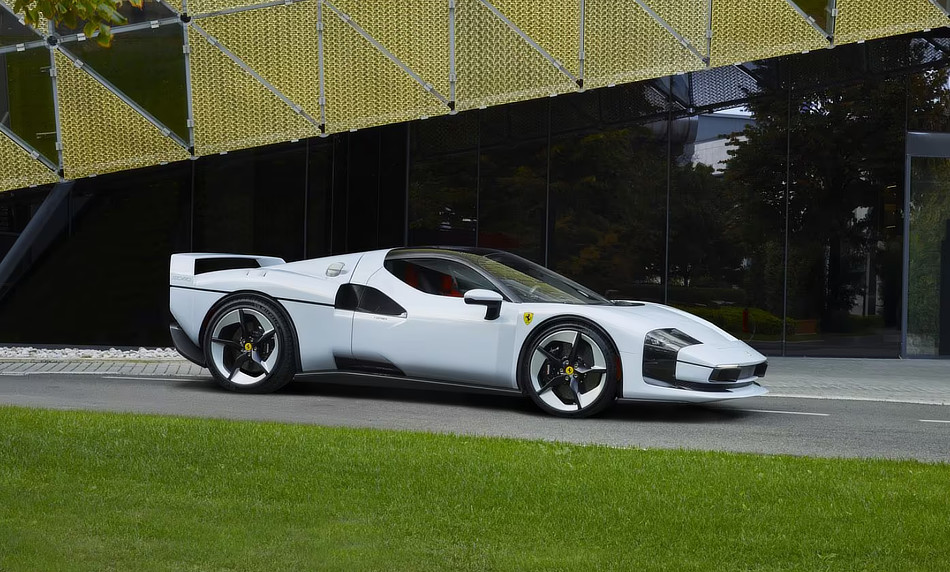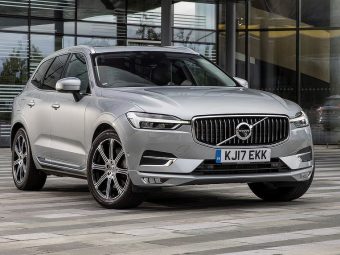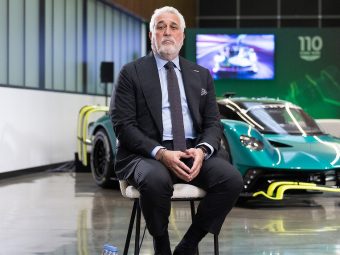Ferrari reported solid third-quarter earnings, boosted by robust demand for its high-end and customised models, helping the luxury automaker navigate U.S. tariffs and weaker sales in China.
The Italian marque posted net revenue of €1.77 billion ($2 billion), up 7.4% year-on-year, with EBITDA rising 5% to €670 million. Deliveries of models such as the SF90 XX and 12 Cilindri, combined with increased uptake of personalisation options, helped offset lower shipments of the $2.3 million Daytona SP3 supercar.
Despite the strong financials, Ferrari shares have fallen nearly 20% this year, following cautious long-term guidance at its recent capital-markets day, along with concerns over trade and slower growth in key markets. In the U.S., Ferrari raised prices to offset the impact of a 15% tariff on EU car imports.
Declining China Demand A Key Concern
Shipments to China, Hong Kong, and Taiwan declined 12%, reflecting a slowdown in luxury demand and recent tax adjustments on high-end vehicles.
Ferrari is also recalibrating its EV strategy, now targeting 20% electric vehicle sales by 2030, down from a previous 40% goal. Its first fully electric model, the Elettrica, is set to launch next year.
At the same time, the company is transitioning from limited-edition models like the Daytona SP3 to newer releases, including the 12 Cilindri and F80 hybrid supercar, with analysts expecting margins to temporarily dip before rebounding with high-value special editions.
The automaker’s order book is sold out through 2027, providing exceptional visibility and underscoring its position as a luxury brand rather than a traditional automaker.
While Ferrari maintains profitability, European rivals such as Porsche and Audi are facing challenges from tariffs, slowing demand in China, and supply-chain pressures.
Ferrari’s results highlight the company’s ability to maintain exclusivity and profitability while adapting strategically to global market pressures.







